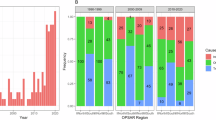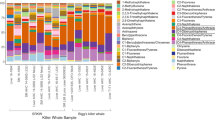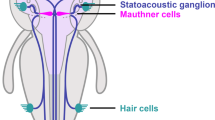Abstract
Concentrations of polychlorinated biphenyls (PCBs), polychlorinated dibenzo-p-dioxins and dibenzofurans (PCDD/Fs), and polybrominated diphenyl ethers (PBDEs) were examined as a function of depth in killer whale (Orcinus orca) blubber samples. Lipid-normalized concentrations of PCBs, PCDD/Fs, and PBDEs did not display significant variation with depth in three distinct blubber layers (outer, central, and inner). Significantly more variation in contaminant concentrations were observed with depth on a wet weight basis for the killer whale sample. The current study indicates that non-invasive microdart biopsy sampling methods commonly used for monitoring contaminants in marine mammals yield representative details on contaminant burdens for chlorinated and brominated aromatic compounds in marine mammal blubber, regardless of the quantity and type of blubber sampled, provided that lipid normalization is performed on resulting analytical determinations.
Similar content being viewed by others
Article PDF
Author information
Authors and Affiliations
Rights and permissions
About this article
Cite this article
Ikonomou, M., Rayne, S. & Crewe, N. Concentrations of Polychlorinated Biphenyls (PCBs), Polychlorinated Dibenzo-p-dioxins and Furans (PCDD/Fs), and Polybrominated Diphenyl Ethers (PBDEs) as Functions of Sample Depth in Killer Whale (Orcinus orca) Blubber. Nat Prec (2007). https://doi.org/10.1038/npre.2007.638.1
Received:
Accepted:
Published:
DOI: https://doi.org/10.1038/npre.2007.638.1



